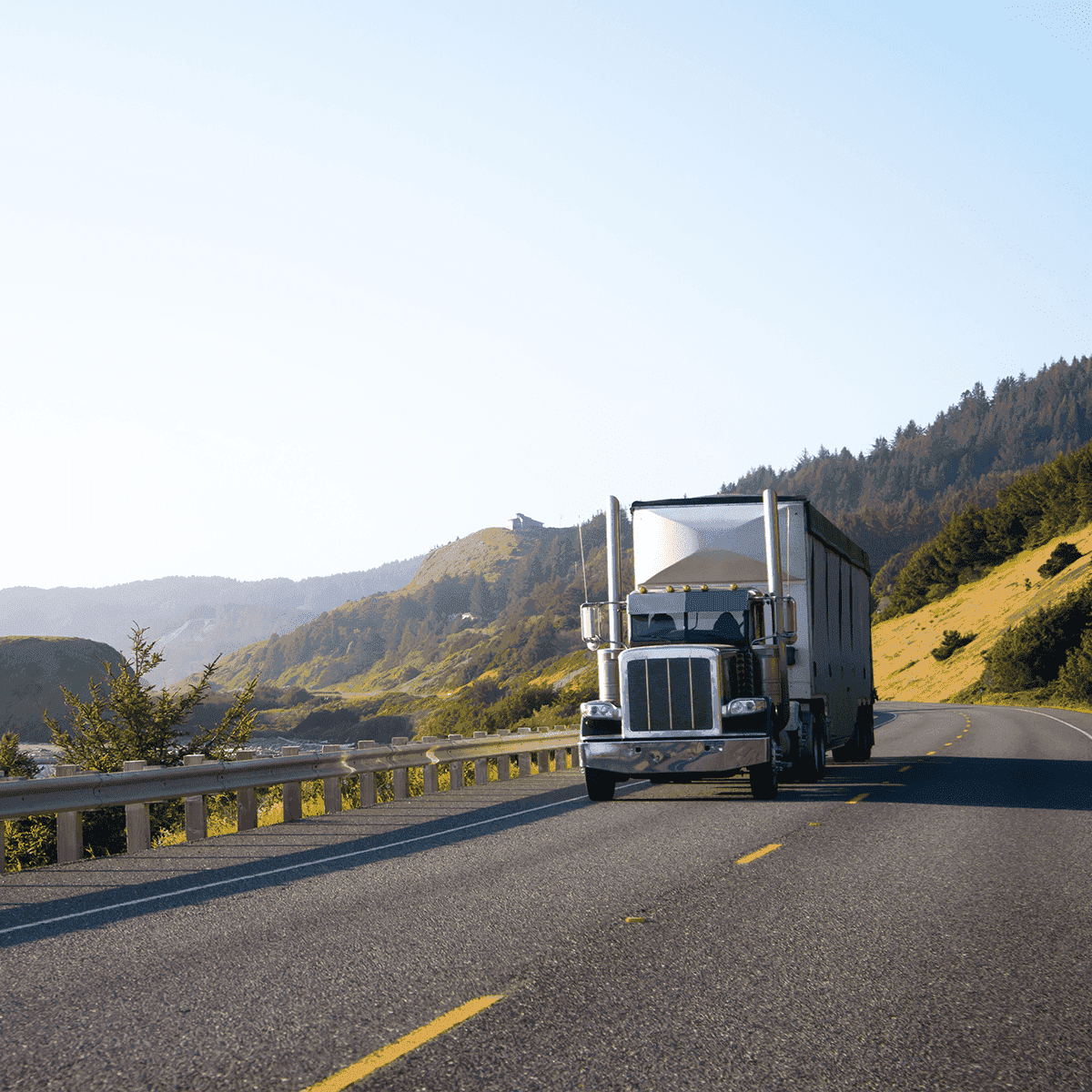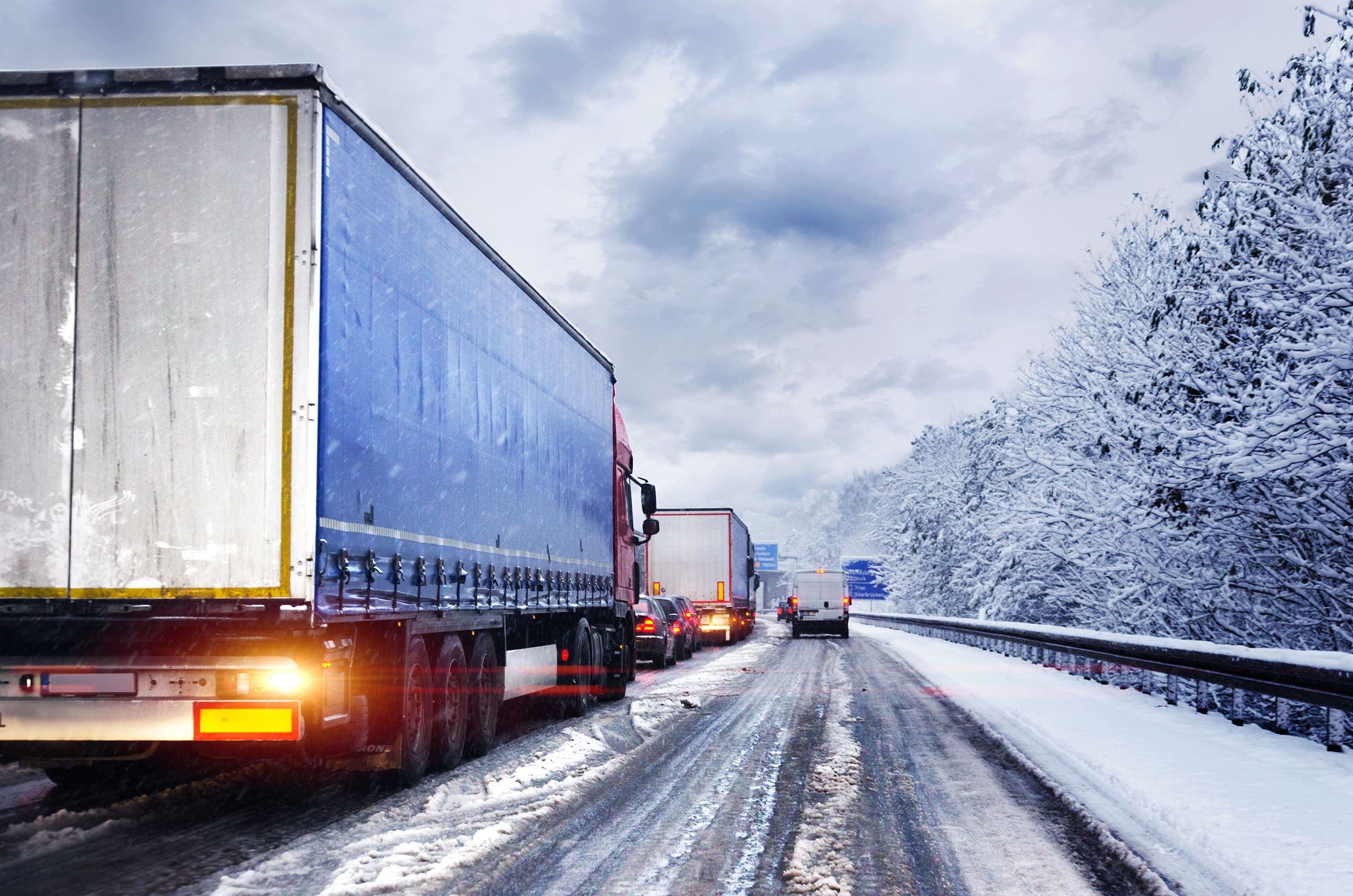2026 Fuel Market Outlook: What it Means for Your Transportation Budget

Trending
Top Posts
4 min read
August 18, 2025

Share:
Table of contents
Browse the table of contents to jump straight to the part you’re looking for
Sustainability and cost-efficiency often seem at odds, especially in the transportation industry. For Chief Procurement Officers (CPOs), navigating this complex balancing act is no easy feat. However, with the right data-driven strategies and tools, transporting goods sustainably doesn’t have to mean sacrificing financial goals or Science-Based Targets.
Here’s a practical guide with five proven strategies to help you optimize your transportation network for both emissions and cost savings.
The foundation of any sustainable freight strategy is accurate, real-time data. Traditional decision-making based on averages or estimates can obscure inefficiencies and sustainability gaps. By tapping into your network’s clean and comprehensive dataset, you can pinpoint inefficiencies and take targeted actions. For example:
With actionable insights backed by data, you’ll eliminate guesswork and focus on implementing changes that yield measurable outcomes.
Sustainable transportation doesn’t have to come at the expense of profitability, but aligning these two priorities is a planning-intensive process. Using a tool like the Transportation Cost and Carbon Calculator simplifies this complexity.
This plug-and-play calculator allows you to:
For example, a CPO recently used the calculator to evaluate alternative fuel adoption. After reviewing the calculator's output, they scheduled a meeting with Breakthrough to gain a more accurate estimate of their network's potential. As a result, they successfully reduced their emissions intensity by 6% and lowered their linehaul contract rates by 8%.
Aligning procurement goals with sustainability priorities may feel daunting, but even small adjustments to your RFP process can deliver significant benefits. Start by asking your carriers the following questions:
By incorporating these questions into your RFP process, you can assess your carrier partner's commitment to sustainability and drive meaningful change throughout your supply chain.
Sustainability isn’t just the responsibility of the sustainability team—it’s a collective effort between sustainability, operations, and procurement. Consider this example: a logistics team optimized a lane by consolidating shipments. The result? A more efficient network that achieved both cost and emissions savings, showcasing the power of aligned priorities across teams.
By working together, these teams can deliver measurable impact that not only supports environmental goals but also drives business value—making a strong case for executive-level support.
Sustainability requires consistent, long-term commitments, especially when it comes to carrier relationships. Evaluate potential partnerships based on their ability to align with your vision for carbon reduction and operational excellence.
The dual challenge of achieving sustainability and cost efficiency in freight is overwhelming. By fostering strong partnerships, setting clear KPIs, and leveraging innovative carriers, CPOs can significantly reduce their environmental impact while optimizing cost efficiency.
Breakthrough's Expertise
Calculate how much you could save in costs and emissions.


6 min read
November 20, 2025
Understand the impact of Ukrainian drone strikes on Russian refineries. Learn why diesel prices are volatile and how to protect your budget from market shocks.
Read more
7 min read
November 11, 2025
Discover how fuel management systems cut costs, track emissions, and improve reimbursement accuracy for modern freight operations.
Read more
6 min read
November 10, 2025
Explore how the proposed Union Pacific–Norfolk Southern merger could reshape rail in the U.S. Learn impacts on competition, pricing, and service.
Read more